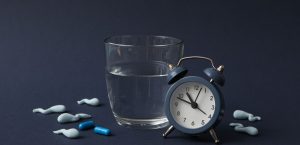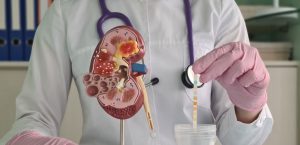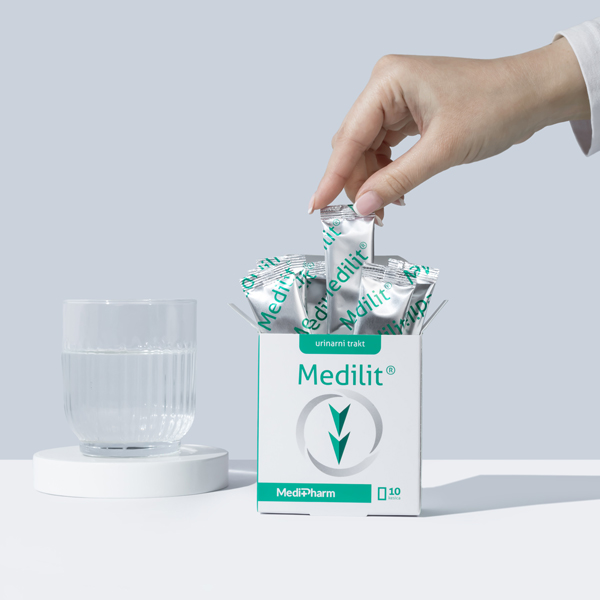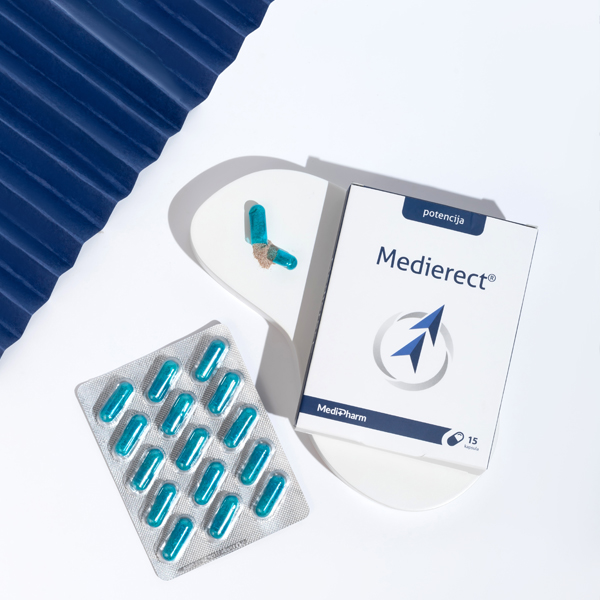12
Apr
Benign prostatic hyperplasia (BPH) is the most common prostate disease, about 25% of urologists work to treat BHP.
12
Apr
Neplodnost (infertilitet) postaje sve veći problem sa kojim se susreću mladi parovi. Neplodnost je razultat problema koji mogu imati muški ili ženski partner ili oboje istovremeno.
12
Apr
Impotence or sexual dysfunction is a problem that a relatively large number of men of different ages…
12
Apr
Urolithiasis is a disease that occurs due to the presence of calculus in the urinary tract.
Mediprost® protect
1.780 RSD – 3.200 RSD
Select options
This product has multiple variants. The options may be chosen on the product page











